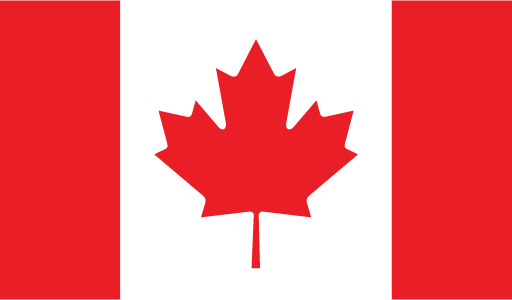How to Control Invasive Spongy Moths (formerly known as Gypsy Moths) by Wrapping Your Trees with Burlap

As Spring and Summer approach and all our lovely plants and animals start waking up, there’s one invasive pest in particular that is getting ready to create havoc in the treetops: The infamous Spongy Moth, also known as Lymantria dispar dispar (LDD) or the Gypsy Moth.
Spongy Moths are destructive hardwood tree eaters, and its larvae and caterpillars have devastated tree canopies all across North America. If you have a Spongy Moth infestation, your trees will quickly be defoliated – a single caterpillar is capable of eating one square meter of tree canopy as it matures. Defoliated trees are weak to disease, insects, and molds that will slowly kill the affected tree, greatly reducing your local forest populations. Most healthy deciduous trees (oak, birch, etc.) can withstand a year of complete defoliation and will produce new leaves later in the summer or the following year. However, if spongy moths attack coniferous trees (pine, spruce, etc.), sickly trees, or defoliate deciduous trees two years in a row, they may kill them. To keep these trees alive they will need protection.
Spongy Moth caterpillars begin their activity in mid to late April. We recommend Burlap wrapping your trees from April to August, as the caterpillars that have fallen or been knocked from the canopy and onto the ground by predators, will be looking to climb back up to the leaves. After August, surviving caterpillars have grown into moths. Female Spongy Moths do not fly, and will continue to seek shelter under the burlap traps. Once the weather begins to turn around in late September, burlap traps will need to be removed and disposed of.
It's recommended to go for the more natural approach – such as burlap – when wrapping trees, as some other tree banding supplies such as tape and oils, can be harmful to other animals. So, if you’re looking for a natural and easy way to control these pests from taking up residence in your trees, we’ve created this easy guide to creating “Burlap Traps” that will catch Spongy Moth caterpillars, including how to dispose of them safely and effectively.
Materials
- Burlap By Yard
- Twine or Cord
- Scissors
- Gardening Gloves or Rubber Gloves
Steps
- Measure the circumference of your tree using a soft measuring tape or a length of string to figure out how much burlap is needed to wrap around the trunk. Add about 6 inches to the measurement – the burlap band should overlap itself to completely block the caterpillar’s path up and down the tree.

- Cut a rectangle from the burlap that is a minimum of 12” wide by the length of your measurement from step 1. The width is the size of your trap and will be dependent on your location (urban or rural) as well as the type of tree and trunk span. We recommend a larger trap for areas that will be the most affected.
Cut a piece of twine or cord that will be long enough to tie around the band.
- Wrap the band around the trunk, tying it tightly around the middle with your twine or cord.
Some trees have naturally deep grooves in the bark that make it hard to completely block off access to the branches from the caterpillars. In this case, you can try placing another band slightly above the first or you can add a second layer of burlap to your band.
- Fold the top half of the burlap over, creating a ‘skirt’ of burlap.
Caterpillars will hide from the sun underneath the burlap skirt during the heat of the day which will be easy for collection and disposal of the Spongy Moth caterpillars.
- Remove any caterpillars at the end of every day - or every two days in the early and late seasons - by scraping them from the burlap band into a container of soapy warm water. Optionally you can also add a small amount of bleach to the mixture.
This step is VITAL – if the caterpillars are not removed from the burlap traps, the burlap will become breeding grounds for the next generation of Spongy Moths.
CAUTION: Spongy Moth Caterpillars are covered in tiny protective hairs that cause irritation when they come into contact with skin. We strongly advise you to wear gloves and clothing that will cover your arms and legs as completely as possible while you are handling the burlap trap. If you have any respiratory conditions a mask may also provide protection from any airborne hairs. Promptly wash your clothing and gloves after you are done removing caterpillars and replacing the burlap.
Burlap traps, AKA Burlap Banding, is a safe and effective method of controlling invasive Spongy Moth caterpillars during the peak seasons. If your community has been affected by defoliation from Spongy Moth infestations, we hope you can use this tutorial to keep your local eco-system balanced and healthy!
Show us your Burlap Trap experiences by tagging #thefeltstore on social media.
 USA
USA CANADA
CANADA EUROPE
EUROPE











They always have and always will be Gypsy Moths
Can we wash the burlap in soapy water and reuse it in the spring?
Super helpful post. Could you update it to the new name: Spongy moth.;-)
Leave a comment